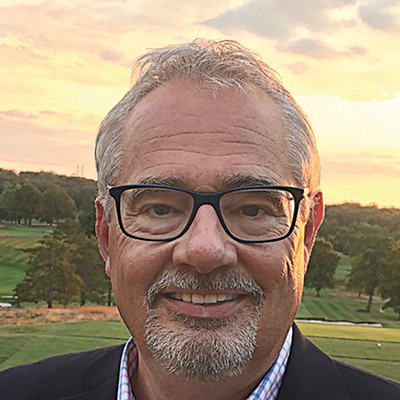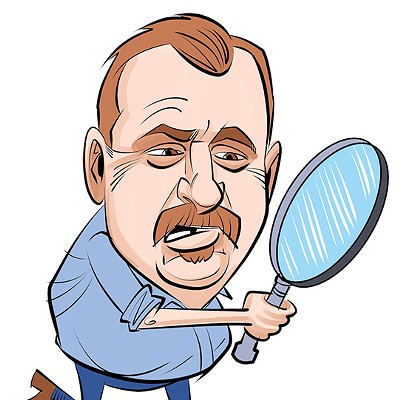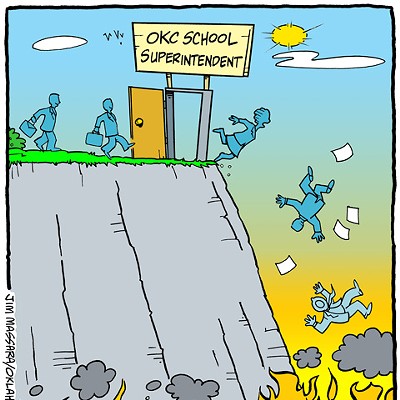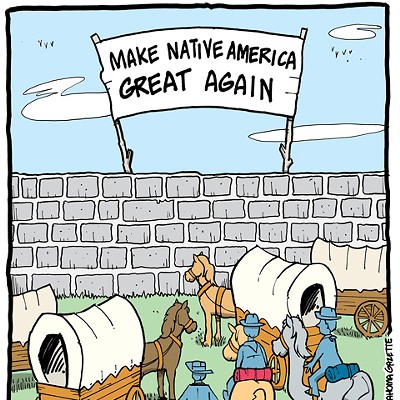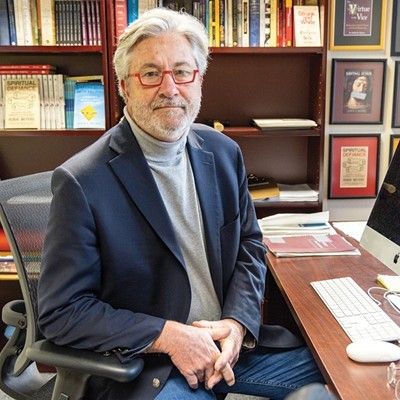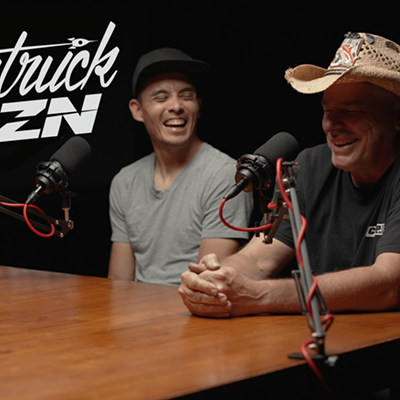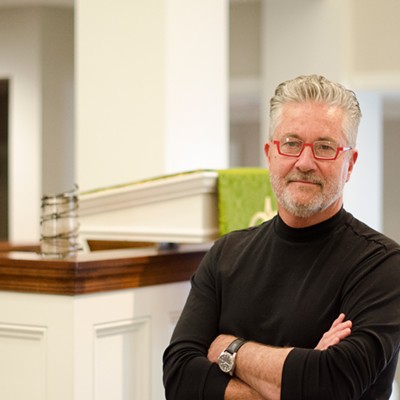Kyle Loveless was on to something in his recent commentary, "MAPS 3 Don'ts" (Oklahoma Gazette, June 17, 2009). He made a great point that "MAPS 3 should not just be something that is downtown driven."
There is a quick and sweeping improvement that can be made using MAPS 3 money that will benefit all Oklahoma City residents and visitors alike: the simple conversion of our Metro Transit system from the less-functional "hub-and-spoke" system to a grid topology of bus routes.
By converting to a grid, we use our geography to our advantage and achieve other benefits as well: We simplify this overly convoluted system to one that is easy to understand; we leave virtually no home or business within the grid more than eight blocks from a bus; and we speed up the service in general, as buses traveling in straight lines move a lot faster than those turning at every other corner.
The existing Metro Transit system consists of more than 25 interconnecting routes. The only way to see where all the routes go and how they connect is to do what I did: Grab a copy of each of the route maps and draw them out over a city street map.
The results will astound you: Bus routes crisscross each other and go in circles, focusing more on some parts of the city, while neglecting others. Some routes get express-type service with fewer stops, while others get near door-to-door service at a crawl.
In reality, more buses are needed " several more " if we are to provide a convenient service frequency that promotes increased usage. The stretch up the key corridors of May or Western avenues is almost a two-hour round trip at bus speed, but would improve with GPS technology that switches traffic signals as buses approach. This means that, for an effective 20-minute frequency of bus coverage, each of those lines would need six buses at all times of operation, three traveling in each direction.
Additionally, several express bus routes to outlying areas and commuter infrastructure should be implemented as outlined in the recent Fixed Guideway Study. The lines could provide express services to and from Will Rogers World Airport, the Tinker area and other outlying areas of the metro.
For those who oppose subsidizing bus service via any form of dedicated tax, please remember that there are people who have no other alternatives, including the elderly and the disabled, who have probably made no less contribution to society than you. There are the single working moms and the youngsters struggling to get through college for whom this service means the difference between success and abysmal failure.
A self-respecting public transit service needs to provide five things: coverage, frequency, reliability, reasonable travel times and a reasonable fare. It also should clearly communicate to passengers when and where coverage is provided.
We can get this right with MAPS 3 capital funding and other dedicated operating funding sources.
Jacques is a board member of the Alliance for Public Transportation and an advisory board member with the Modern Transit Project.

